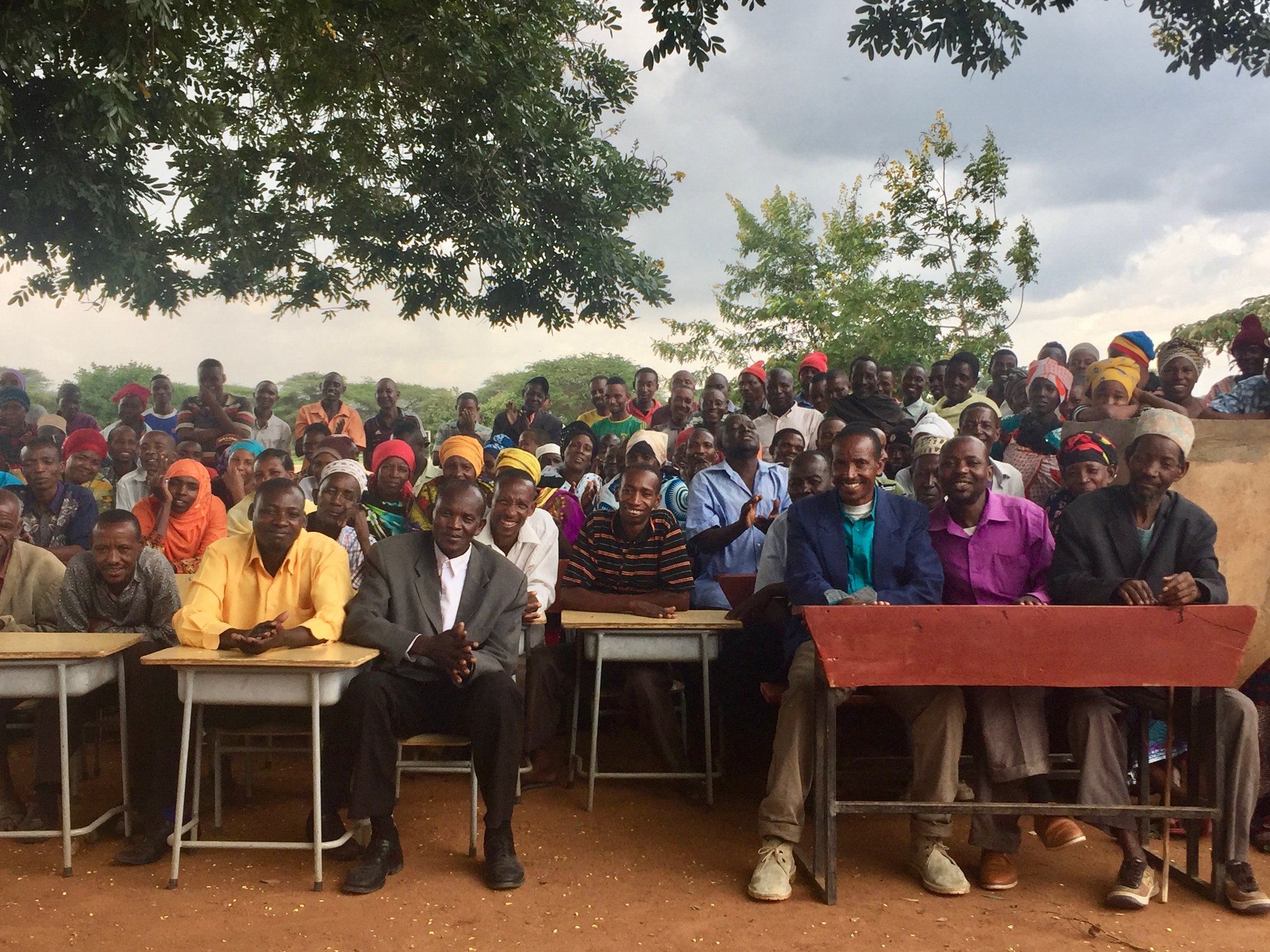More than 700 million people live in extreme poverty, and the
majority of people living on less than $1.90 a day live in
sub-Saharan Africa. One in three people worldwide doesn’t have
access to safe drinking water, and two out of five people lack a
basic hand-washing facility with soap and water. In 2019, one in
five young women 20 to 24 years of age throughout the world was
married in childhood. In sub-Saharan Africa, childhood marriage
occurs in more than one in three young women. At least 200 million
girls and women have been subjected to female genital mutilation,
and 22 percent of the world’s young people are not in employment,
education or training.
When it comes to international development, what works? How can we effectively solve poverty and inequality and achieve global social justice? What are governments, foundations, NGOs, and local organizations doing to address these challenges? How can and should we measure their progress?
With a focus on sub-Saharan Africa, this introductory course provides a broad overview of international development and introduces key concepts, theories, and approaches. Using a wide range of real world examples, including a number of guest speakers, students will examine the primary global challenges in our world today and evaluate the successes and failures of international development. Students will be introduced to a variety of people and organizations working to address these challenges and analyze the practices and approaches they are utilizing.
When it comes to international development, what works? How can we effectively solve poverty and inequality and achieve global social justice? What are governments, foundations, NGOs, and local organizations doing to address these challenges? How can and should we measure their progress?
With a focus on sub-Saharan Africa, this introductory course provides a broad overview of international development and introduces key concepts, theories, and approaches. Using a wide range of real world examples, including a number of guest speakers, students will examine the primary global challenges in our world today and evaluate the successes and failures of international development. Students will be introduced to a variety of people and organizations working to address these challenges and analyze the practices and approaches they are utilizing.

- Teacher: Sara Henning